Introduction
In the vast world of tea, few can match the allure and mystique of Pu'er tea, a beverage that has captivated tea enthusiasts for centuries. Originating from the Yunnan province in China, Pu'er tea holds a special place in the hearts of tea aficionados. But what exactly is Pu'er tea, and how is it referred to in English? This article delves into the rich history, characteristics, and terminology surrounding this unique tea.
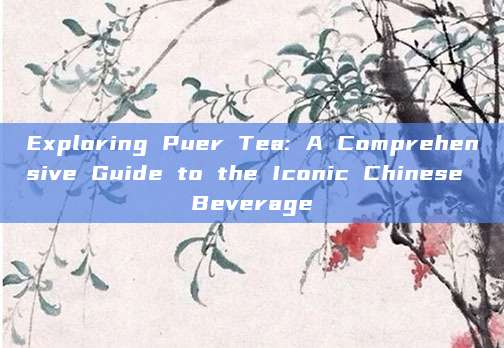
What is Pu'er Tea?
Pu'er tea, often simply referred to as "Pu'er" in English, is a type of fermented tea that has been aged over time. Unlike other teas that are steamed and dried, Pu'er tea is allowed to undergo a natural fermentation process, which can take anywhere from a few months to several decades. This process imparts a distinct flavor profile that is often described as earthy, woody, and complex.
Pu'er Tea in English
When discussing Pu'er tea in English, there are a few terms that are commonly used. The most straightforward translation is "Pu'er tea," which is often used in both casual conversation and formal discussions. However, there are a few other terms that are also used, each with its own nuances:
Pu-erh Tea: This is the direct transliteration of the Chinese name into English. It is the most accurate and widely recognized term.
Shou Pu'er: This term is specifically used to refer to aged Pu'er tea, which has undergone the fermentation process.
Sheng Pu'er: This term is used for unfermented or raw Pu'er tea, which has not been aged.
The Pu'er Tea Experience
Pu'er tea is not just a beverage; it is an experience. The aroma alone can transport you to the lush mountains of Yunnan, where the tea leaves are harvested. The taste is equally captivating, with a range of flavors that can evolve over time as the tea ages.
According to a report by the Chinese Tea Marketing Association, Pu'er tea has seen a significant surge in popularity worldwide, with sales increasing by 15% in the past year alone. This surge is attributed to the tea's unique qualities and its health benefits, which include improving digestion, lowering cholesterol, and boosting the immune system.
Pu'er Tea Varieties
Pu'er tea comes in several varieties, each with its own unique characteristics:
Bing Cha: This is the most common form of Pu'er tea, which is compressed into bricks, cakes, or spheres.
Tuocha: These are small, round tea bricks that are tightly compressed.
Loose Pu'er: This is the loose-leaf version of Pu'er tea, which is less common but offers a different tea-drinking experience.
Conclusion
Pu'er tea, known as "Pu'er" or "Pu-erh Tea" in English, is a unique and captivating beverage that has captivated tea lovers for generations. With its rich history, diverse varieties, and health benefits, Pu'er tea is more than just a drink; it is a cultural experience. Whether you are a seasoned tea connoisseur or a curious beginner, Pu'er tea offers an intriguing journey into the world of tea.



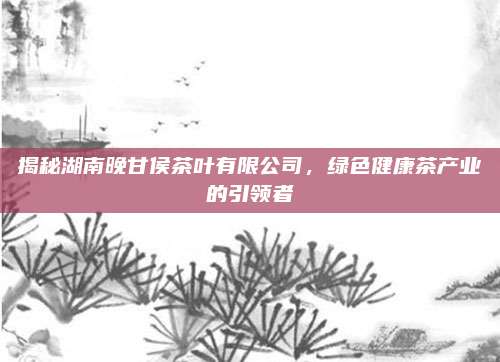
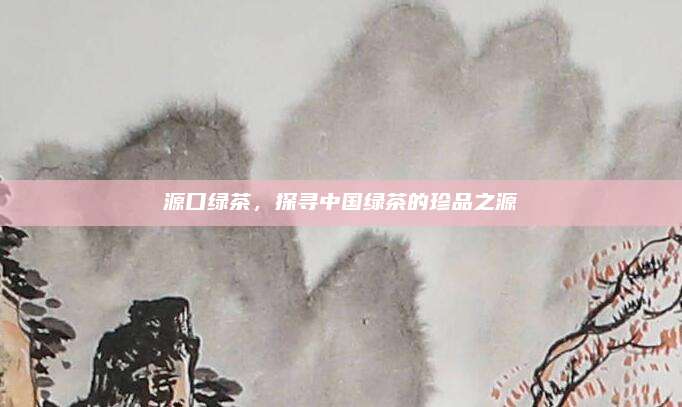
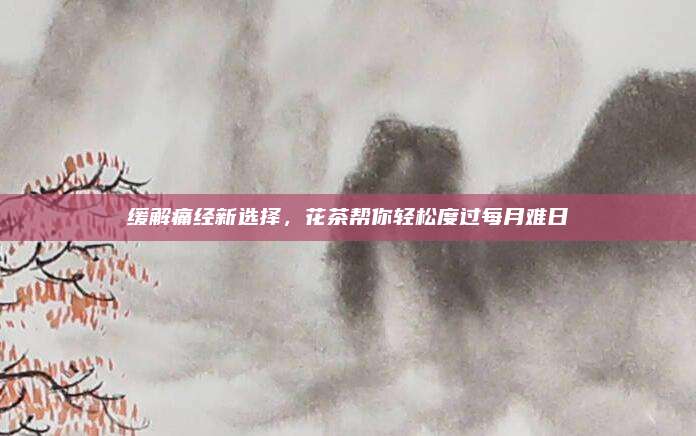

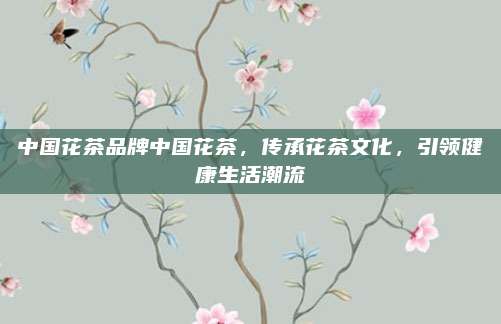






还没有评论,来说两句吧...